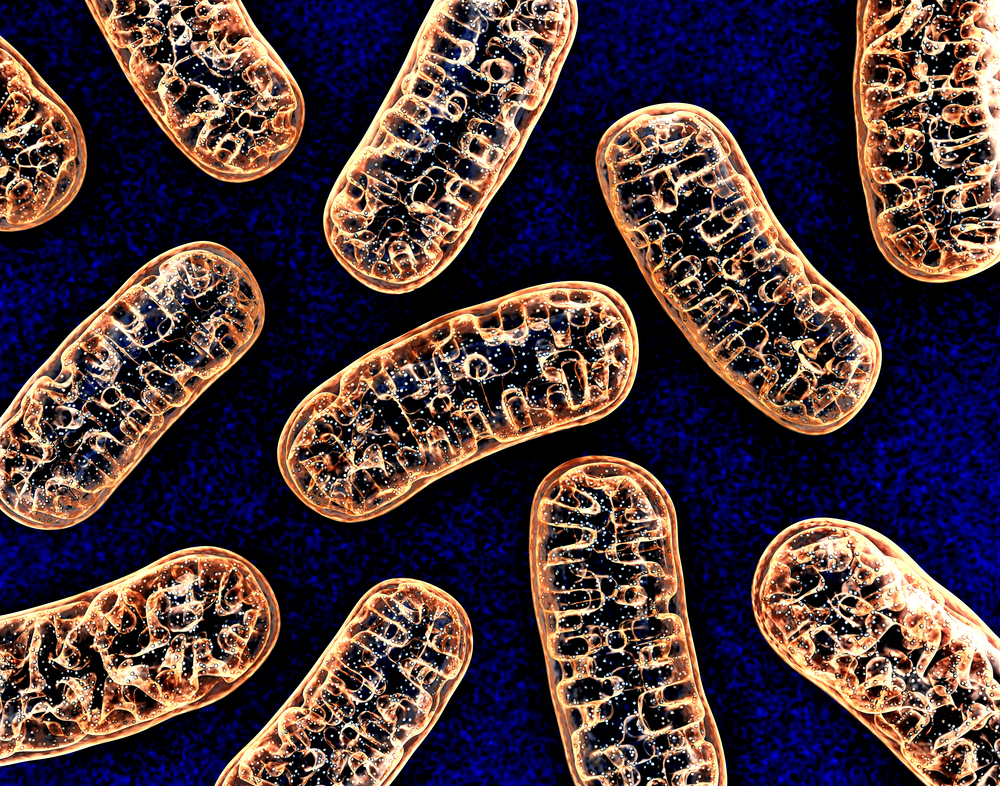Iron Buildup in Mitochondria of Brain Cells May Promote Huntington’s Progression

Iron accumulation in the mitochondria of brain cells may drive Huntington’s disease progression, researchers report. Removing excess iron with an FDA-approved treatment was seen to rescue mitochondrial function and improved motor endurance in a mouse model of the disease.
Their study, “Brain mitochondrial iron accumulates in Huntington’s disease, mediates mitochondrial dysfunction, and can be removed pharmacologically,” was published in the journal Free Radical Biology and Medicine.
Iron accumulation in the central nervous system is linked to several neurodegenerative diseases, including Huntington’s disease.
The pathways regulating iron distribution and levels are complex, but energy-factories within cells — called mitochondria — need large amounts of iron to be able to function. A perfect example of the importance of iron to mitochondria is Friedreich’s ataxia, a disorder characterized by mitochondrial iron accumulation.
In Huntington’s, there is a co-occurrence of iron deregulation and mitochondrial dysfunction, but the link between mitochondria and iron in disease progression remains unclear.
Researchers showed that iron accumulation occurs within brain mitochondria in of a mouse model of Huntington’s disease. This finding was also confirmed through autopsy brain tissue samples of Huntington’s patients.
The team found that iron accumulation inside mitochondria was mediated by a decrease in the expression of specific proteins that help manage iron levels, both in mice and humans. This means that in brains affected by Huntington’s disease, there is increased mitochondrial iron uptake but decreased utilization, which explains its accumulation.
Chemically removing the excess iron with the help of an iron chelator rescued mitochondrial to work as intended.
Treating a mouse model of Huntington’s disease for 10 days with an oral dose of Ferriprox (deferiprone), delivered as 150 mg/kg of body-weigh, twice-a-day – also rescued several features of mitochondrial health and improved mice motor endurance. Ferriprox is a U.S. Food and Drug Administration (FDA) approved therapy to remove transfusional iron overload due to thalassemia syndromes.
Importantly, the team found that neonatal iron supplementation promoted mitochondrial dysfunction in adult Huntington’s mice. Using a dose of iron supplementation, designed to model human infant supplements, resulted in potentiation of disease-associated weight loss in the Huntington’s mouse, and a greater increase in brain mitochondrial iron in these animals, but not in healthy controls. However, the neonatal iron supplements did not affect levels of the proteins mediating mitochondrial iron levels.
“These results support a role for the identified mitochondrial-iron pathway as one mediator of HD [Huntington’s disease] progression,” the researchers wrote.
The scientists believe their findings “demonstrate the significance of iron as a mediator of mitochondrial dysfunction and injury in mouse models of human HD and suggest that targeting the iron-mitochondrial pathway may be protective.”






